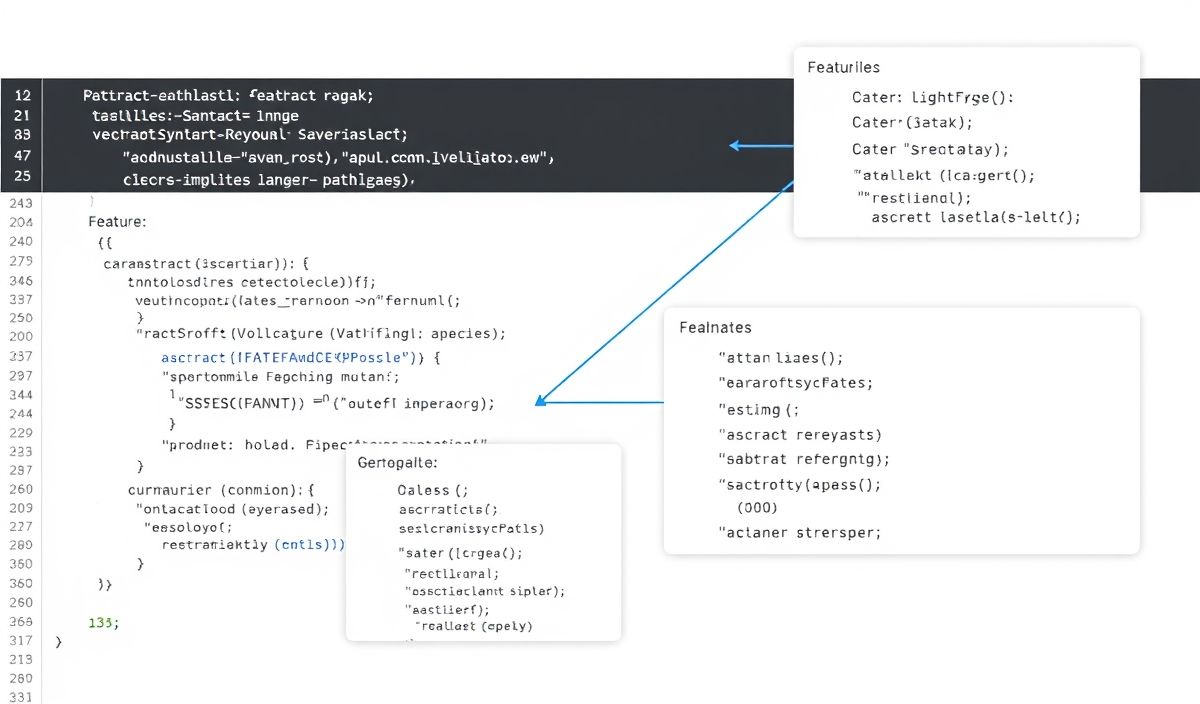Introduction to Markdown-it
Markdown-it is a powerful, pluggable, and configurable Markdown parser designed for optimal flexibility. It provides an easy way to convert Markdown to HTML and allows users to extend its capabilities with various plugins. Let’s explore some of the commonly used APIs in Markdown-it with examples:
Basic Usage
const MarkdownIt = require('markdown-it');
const md = new MarkdownIt();
const result = md.render('# Markdown-it rulezz!');
console.log(result);
Setting Options
const md = new MarkdownIt({
html: true,
linkify: true,
typographer: true
});
const renderedHtml = md.render('Hello, *Markdown*!');
Plugins
const emoji = require('markdown-it-emoji');
const md = new MarkdownIt();
md.use(emoji);
const result = md.render('I :heart: Markdown-it!');
console.log(result);
Advanced Configuration
const hljs = require('highlight.js'); const md = new MarkdownIt({ highlight: (str, lang) => { if (lang && hljs.getLanguage(lang)) { try { return '' + hljs.highlight(lang, str, true).value + '';
} catch (__) {}
}return '
' + md.utils.escapeHtml(str) + '';
}
});
Custom Containers
const container = require('markdown-it-container'); const md = new MarkdownIt(); md.use(container, 'warning', { validate: params => params.trim().match(/^warning\s+(.*)$/), render: (tokens, idx) => { const m = tokens[idx].info.trim().match(/^warning\s+(.*)$/); if (tokens[idx].nesting === 1) { return '' + md.utils.escapeHtml(m[1]) + '\n'; } else { return '\n'; } } });Inline Ruler
const md = new MarkdownIt(); md.inline.ruler.before('emphasis', 'my_plugin', (state, silent) => { // logic for the plugin return false; }); const result = md.render('Some text with **bold** and _italic_.');Example Application
Below is an example application using Markdown-it along with some plugins and options:
const MarkdownIt = require('markdown-it'); const emoji = require('markdown-it-emoji'); const container = require('markdown-it-container'); const hljs = require('highlight.js'); const md = new MarkdownIt({ html: true, linkify: true, typographer: true, highlight: (str, lang) => { if (lang && hljs.getLanguage(lang)) { try { return '' + hljs.highlight(lang, str, true).value + '';
} catch (__) {}
}return '
' + md.utils.escapeHtml(str) + '';
}
});md.use(emoji)
.use(container, 'warning', {
validate: params => params.trim().match(/^warning\s+(.*)$/),
render: (tokens, idx) => {
const m = tokens[idx].info.trim().match(/^warning\s+(.*)$/);if (tokens[idx].nesting === 1) {
return '' + md.utils.escapeHtml(m[1]) + '\n';
} else {
return '\n';
}
}
});const markdownText = `
# Hello Markdown-itThis is a test for **bold** text, _italic_ text, and code:
\`\`\`javascript
const x = 10;
console.log(x);
\`\`\`This should include emoji 🙂 and a custom container:
::: warning This is a warning message
Please be cautious!
:::
`;const result = md.render(markdownText);
console.log(result);
This example showcases the flexibility and power of Markdown-it in enhancing Markdown parsing and rendering.
Hash: 29e7bb99c2c940abf7ce8492b405896c312a71a6987a807d5f6b68cc5b57acd3




